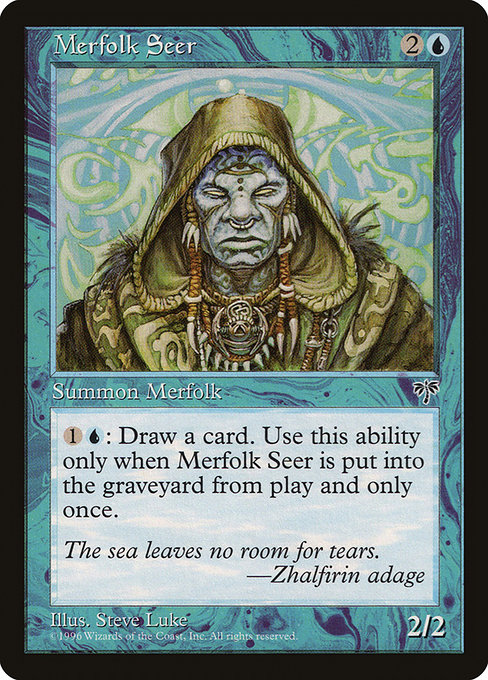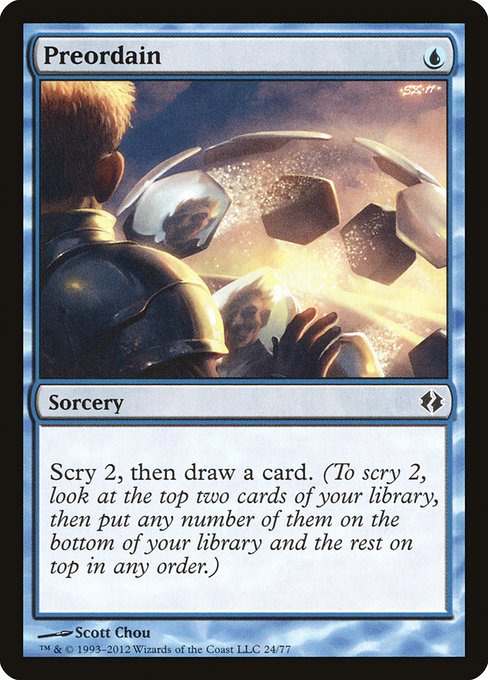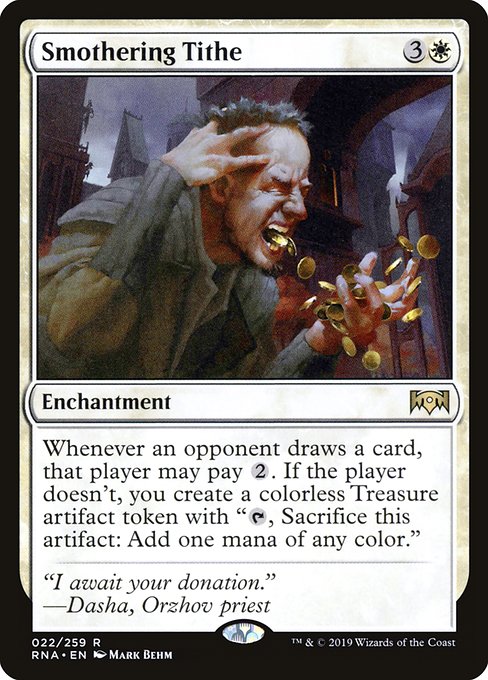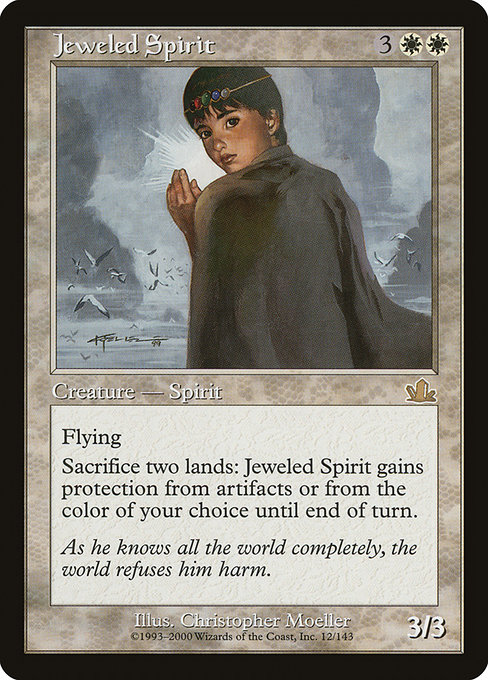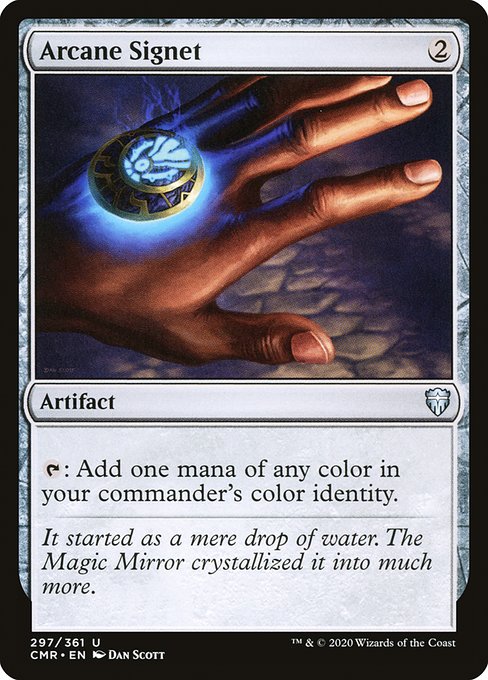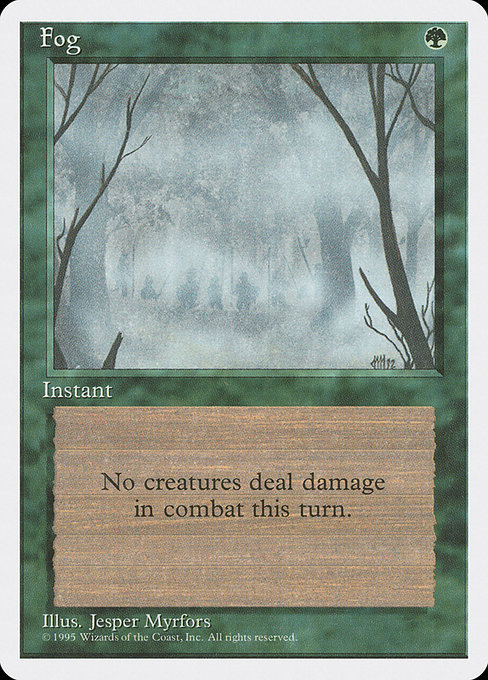
Fog

Full Analysis
Generated on 2025-06-28T13:04:45.631907 • Legacy FormatThe Enduring Versatility of Fog
Fog is a straightforward, low-cost instant spell that prevents all combat damage from being dealt during the turn it's cast. Its simplicity belies its versatility and impact on various Magic formats, making it a valuable addition to many decks.
Mechanics and Interactions
As an instant, Fog can be played at any time during the turn, allowing players to adapt to changing circumstances or disrupt opponents' plans. The card's effect is global, meaning it prevents all combat damage that would normally occur on the battlefield, not just specific sources. This broad application makes Fog a powerful tool for controlling the board and preventing damage.
One notable interaction is with cards like Berserk, which allows creatures to deal double their normal damage in combat. In this case, casting Fog would prevent both the normal and doubled damage from being dealt, effectively negating the enhanced damage. Similarly, Fog can neutralize effects that trigger based on damage being dealt, such as those found on cards like Chandra's Defiance.
Fog also interacts with abilities that scale with the amount of damage dealt, like Soul Wretch, which deals more and more damage as it takes combat damage. This complex web of interactions demonstrates Fog's versatility and adaptability in various Magic formats.
Strategic Uses, Combos, and Synergies
Fog is often used to stabilize a board or prevent an opponent from taking significant advantage of their creatures' strengths. A common scenario involves casting Fog after using removal spells or other methods to weaken the opponent's creatures, allowing your own to attack safely. This approach highlights the importance of adaptability in Magic and demonstrates how Fog can be used in conjunction with other cards to achieve strategic goals.
One popular combo includes pairing Fog with Squee, the Immortal, which gives a creature +2/+2 and gains it indestructible. By fogging in and protecting Squee from combat damage, you can maintain a strong presence on the board without risking its destruction. This synergy showcases the potential of Fog to enhance existing strategies and create new possibilities.
Another synergy involves using Fog to protect a token creature or a low-toughness permanent while it attacks, then removing any remaining threats with spells like Lightning Bolt. This approach can lead to efficient and aggressive playstyles that take advantage of Fog's ability to prevent damage.
Deckbuilding Roles and Archetypes
Fog is a staple in many defensive-oriented decks, as its ability to prevent combat damage makes it an attractive option for controlling the board. It's particularly valuable in formats where life totals are high, such as Commander or Limited. In these settings, Fog can provide a vital lifeline for players struggling to maintain a strong presence on the board.
In more competitive settings like Modern, Fog can be used in combination with removal spells and other forms of aggression to create a powerful and adaptable deck. Its inclusion often encourages players to pursue a midrange strategy that focuses on controlling the board while also generating value through card advantage. This versatility makes Fog an attractive option for players seeking to build versatile decks.
Fog's ability to protect critical components can be invaluable in combo decks, where its presence can make all the difference between success and failure. By providing a safeguard against damage, Fog enables combo players to focus on executing their gameplan without worrying about unexpected threats.
Format Viability and Competitive Context
As of recent set releases, Fog remains a strong, widely playable card across various formats. In Modern, its inclusion is often seen as a "safe" choice that provides flexibility without committing too heavily to any particular strategy. This adaptability makes Fog an attractive option for players seeking to build resilient decks.
In Commander, Fog is a staple in many popular decks, particularly those centered around protection and control. Its ability to prevent combat damage makes it an attractive option for players looking to maintain a strong presence on the board while also protecting their life total. The card's widespread use in Commander highlights its enduring appeal and versatility.
Rules Interactions and Technical Notes
When resolving Fog, its effect applies globally to all creatures and permanents that would deal or take combat damage, including those with abilities that trigger based on damage being dealt. However, Fog only prevents damage that "would be dealt" during the turn it's cast – if a creature is already taking damage, casting Fog won't stop it from dying.
Another important consideration is that Fog doesn't interact with effects that prevent damage from being dealt in other ways, such as Vedalken Shackles. However, its effect does override abilities that allow creatures to deal additional damage beyond their normal amount. Understanding these nuances is crucial for players seeking to maximize Fog's potential.
Art, Flavor, and Historical Context
The original version of Fog, featuring artwork by John Avon, was first printed in Beta. The card's design has since been revised and reprinted multiple times, with various artists contributing new interpretations to the visual theme. This evolution reflects Magic's ongoing commitment to innovation and adaptability.
In terms of flavor, Fog represents a classic example of Magic's "utility" spells – its primary goal is to provide a general benefit that can be applied in many situations, rather than offering a more specific or powerful effect. This approach aligns with Magic's early design philosophy, which emphasized simplicity and adaptability.
Summary of Key Points
Fog prevents all combat damage from being dealt during the turn it's cast. Its effects interact with various card types, including creatures, abilities, and triggers. The card is a versatile tool for both defensive and aggressive strategies. It's particularly valuable in formats where life totals are high or when generating value through card advantage. Fog remains a widely playable card across various formats, including Modern and Commander.
Conclusion
Fog is an enduring example of Magic's design philosophy – simple yet impactful cards that can be used to adapt and control the board. Its presence in many popular decks highlights its versatility and importance as a midrange tool for controlling the board while generating value through card advantage. By understanding Fog's mechanics, interactions, and strategic applications, players can unlock new possibilities for their deckbuilding endeavors.
Fog's ability to prevent damage has made it an attractive option for players seeking to build resilient decks that can adapt to changing circumstances. Its presence in formats like Commander and Modern showcases its enduring appeal and versatility. As Magic continues to evolve, Fog remains a reliable choice for players looking to control the board while generating value through card advantage.
The card's design philosophy reflects Magic's ongoing commitment to simplicity and adaptability. By providing a general benefit that can be applied in many situations, Fog demonstrates the power of utility spells in shaping gameplans and deckbuilding decisions. Its widespread use highlights the importance of understanding Fog's mechanics and interactions to maximize its potential.
Ultimately, Fog's enduring presence in Magic serves as a testament to the card's versatility and adaptability. By embracing its simplicity and strategic applications, players can unlock new possibilities for their decks and improve their chances of success in various formats.
